There are several thousand names of microorganisms that live in water. These include various bacteria, fungi, and others. They are an integral part of the planet's biological diversity and perform important functions.
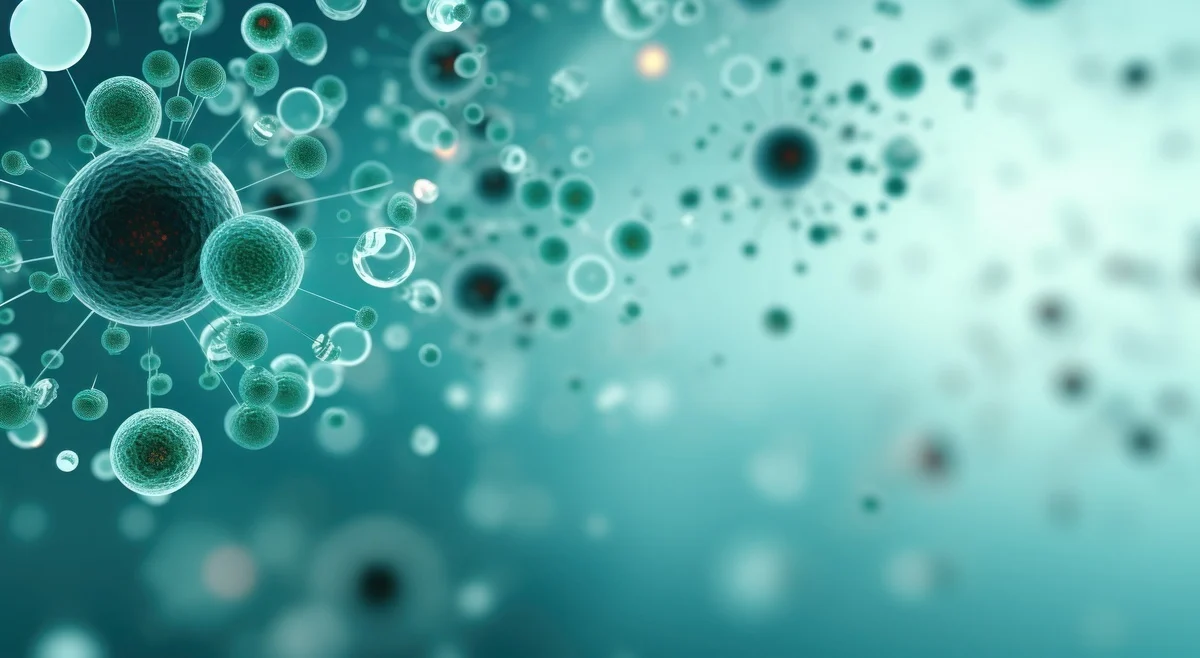
What Are The Microorganisms Found In Water?
If we try to classify water microorganisms, we can divide them into groups:
- Blue-green algae or cyanobacteria are an integral part of every body of water, making up 60% of all microorganisms.
- Pathogenic and conditionally pathogenic microorganisms: viruses, bacteria, fungi, protozoa.
- Relatively safe organisms that can be in water and do not cause dangerous diseases.
| Topic | Details | Examples/Methods |
|---|---|---|
| Microbial Indicators in Water | Indicators that reveal the presence and levels of microorganisms in water sources. | Total coliforms, fecal coliforms, E. coli, enterococci. |
| Human Infectious Diseases | Diseases caused by pathogens present in contaminated water. | Cholera, dysentery, typhoid fever, hepatitis A. |
| Equipment and Filters | Tools and devices used to manage and reduce microbial overgrowth in water systems. | Sand filters, UV filters, activated carbon filters. |
| Water Disinfection Methods | Techniques used to eliminate harmful microorganisms from water. | Chlorination, ultraviolet (UV) treatment, ozonation, boiling. |
| Prevention of Overgrowth | Strategies to prevent the proliferation of microorganisms in water systems. | Regular maintenance, proper filtration, chemical treatments, controlling temperature and nutrient levels. |
| Monitoring and Testing | Processes to regularly check and assess the microbial quality of water. | Routine sampling, laboratory analysis, use of test kits, continuous online monitoring systems. |
Types Of Microorganisms In Water
Water contains a diverse range of microorganisms, each with unique characteristics and implications for water quality. The most common types include:
1. Bacteria: These are single-celled organisms that can either be beneficial or harmful. Pathogenic bacteria, such as E. coli and Salmonella, can cause serious diseases if present in high concentrations. However, many bacteria play beneficial roles, such as breaking down organic matter and aiding in nutrient cycling.
2. Viruses: Viruses are much smaller than bacteria and can only reproduce inside a host cell. Waterborne viruses like noroviruses and hepatitis A can cause gastrointestinal illnesses and other health issues. Due to their small size and resistance to many conventional water treatments, they can be challenging to detect and remove.
3. Protozoa: These are single-celled organisms that can be free-living or parasitic. Some protozoa, like Giardia and Cryptosporidium, can cause gastrointestinal diseases and are resistant to chlorine disinfection, making them a concern for water safety.
4. Fungi: Fungi in water include yeasts and molds, which can contribute to biofilm formation and may cause taste and odor issues. While not typically pathogenic, certain fungi can produce mycotoxins that might pose health risks under specific conditions.
4 Types Of Pathogens Found In Water
| Type of Pathogen | Examples | Description | Common Diseases or Symptoms |
|---|---|---|---|
| Bacteria | Escherichia coli (E. coli), Salmonella, Vibrio cholerae | Single-celled microorganisms that can cause various infections when ingested through contaminated water. | Diarrhea, cholera, typhoid fever, gastroenteritis |
| Viruses | Norovirus, Hepatitis A, Rotavirus | Submicroscopic infectious agents that require a host cell to replicate, causing a range of diseases. | Gastroenteritis, hepatitis, viral gastroenteritis |
| Protozoa | Giardia lamblia, Cryptosporidium, Entamoeba histolytica | Single-celled eukaryotes that can cause infections, often through cysts that survive in water. | Giardiasis, cryptosporidiosis, amoebic dysentery |
| Parasites | Schistosoma, Dracunculus medinensis (Guinea worm) | Multicellular organisms that can live in or on a host, causing various diseases. | Schistosomiasis, dracunculiasis (Guinea worm disease) |
Microorganisms Found In River Water
River water supports a diverse range of microorganisms due to its dynamic and nutrient-rich environment. Bacteria are prevalent in river systems, including both beneficial and harmful strains. Beneficial bacteria contribute to the decomposition of organic matter and nutrient cycling, which are essential for maintaining the river's ecosystem. However, pathogenic bacteria such as E. coli and Vibriospecies can also be found, especially when there is contamination from agricultural runoff, sewage, or industrial waste, posing potential health risks.
In addition to bacteria, river water can contain various viruses, including enteric viruses like noroviruses and adenoviruses. These viruses often originate from human and animal waste and can pose health hazards if the water is used for drinking or recreational purposes without adequate treatment. Protozoa, such as Giardia and Cryptosporidium, are also commonly present in river water. These microorganisms are known to cause gastrointestinal illnesses and are resistant to standard disinfection methods. Lastly, rivers may host various types of algae, including blue-green algae or cyanobacteria, as well as green and diatom algae. While some algae are benign, others can cause algal blooms that negatively impact water quality and produce toxins harmful to both aquatic life and humans.
Role Of Microorganisms In Water
Microorganisms play crucial roles in water ecosystems by contributing to nutrient cycling and maintaining ecological balance. Beneficial bacteria decompose organic matter, recycle nutrients, and help purify water by breaking down pollutants. Protozoa and fungi also play significant roles in the decomposition of organic materials and the breakdown of complex compounds. Algae, including cyanobacteria, contribute to oxygen production through photosynthesis, supporting aquatic life. However, some microorganisms, especially pathogenic ones, can pose health risks if present in high concentrations.
Which type of water has the highest concentration of microorganisms?
This article explores microbial indicators in water, human infectious diseases caused by water, equipment and filter details related to overgrowth, water disinfection methods, and ways to prevent overgrowth.
Which type of water has the highest concentration of microorganisms? Microorganisms in Water
The spectrum of microorganisms in water and their ability to survive is very high. They possess the following characteristics:
- Resistance to temperature: up to 100 bacteria per gram of water have been found in the Antarctic, and some microorganisms can perform photosynthesis at 75°C in hot springs.
- Resistance to acidic and alkaline environments, as well as alcohol: only 70% of bacteria are destroyed by alcohols.
- Resistance to salts: bacteria and yeast can live in the Don Juan Antarctic lake, where the salt content is 13 times higher than in seawater.
- Resistance to ionizing radiation: D. radiodurans can survive up to 10,000 Gy (for humans, a lethal dose of radiation is 5 Gy, for Escherichia coli it is 2000 Gy).
Surface waters of rivers and lakes are characterized by putrefactive microorganisms (B. fluorescens, B. aquatile, B. violaceum, P. vulgaris, mold fungi, etc.).
Let's arrange water sources in ascending order by prevalence of microorganisms:
- Water from deep artesian wells
- Melted ice - some bacteria and fungal spores can survive freezing
- Atmospheric precipitation collects dust and microorganisms from the air
- Saline water bodies have less microbial diversity due to damage to cell membranes of many microbes in water caused by salts
- Surface water bodies such as rivers, lakes, ponds, and wells have the highest microbial species diversity.
Modern bacteria that lives in water are capable of decomposing not only biological waste, but also perform important functions in breaking down toxic organic waste from enterprises. Some bacteria can even concentrate toxic heavy metals. These microbial functions are used at water treatment plants.
Natural waters, especially surface waters, always contain certain microorganisms. The greatest number of microorganisms is typically found in stagnant surface water bodies.
Microbial Indicators
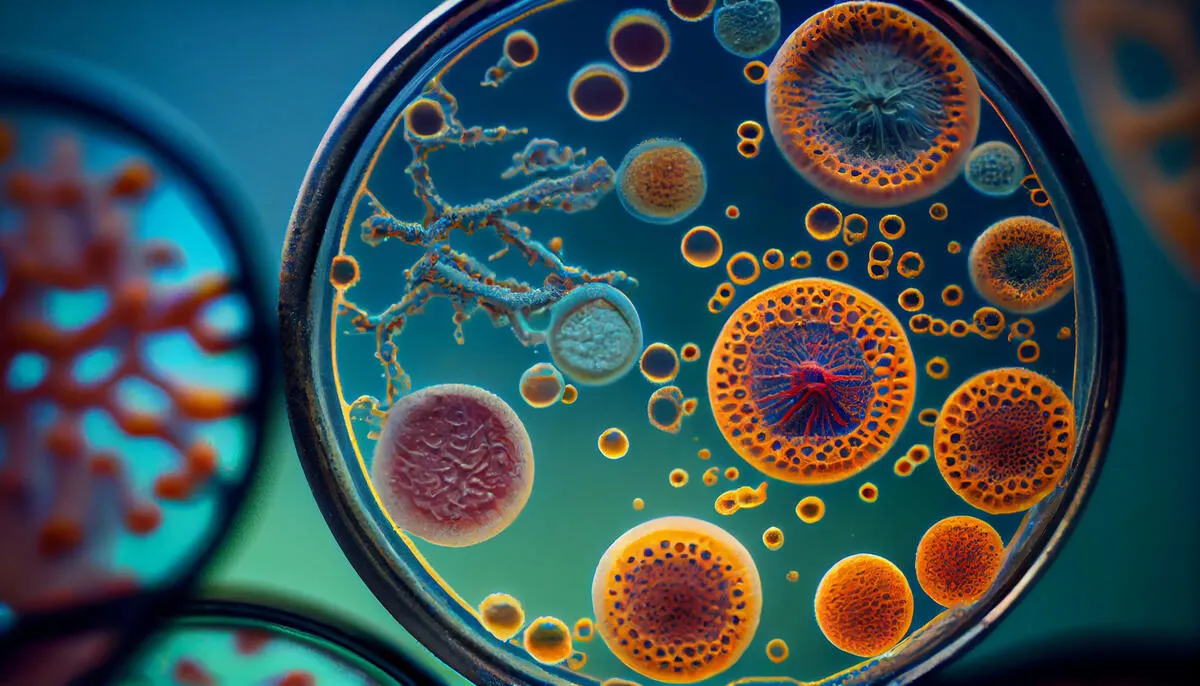
Consumption of water contaminated with microorganisms, for both drinking and technical purposes, should be avoided. Water requires disinfection to remove these harmful microbes. The degree of water contamination by microorganisms is determined by several indicators:
- Oxidizability - this indicator characterizes the amount of strong oxidizers used to break down organic particles and microorganisms in a given volume of water. This is an indirect indicator, as not only microorganism cells but also organic impurities such as phenols are oxidized.
- Total microbial count - this is the number of colonies that grow on a nutrient medium in 1 ml of water at an elevated temperature for a certain time (24 or 72 hours).
- Coli-titer - this is the smallest volume of water (in milliliters) that contains one coliform bacterium.
- Coli-index - this is the number of coliform bacteria present in 1 liter of liquid.
It is important to note that the normative indicators for drinking water can be found here.
Infectious diseases of humans
The list of infectious diseases spread through water is very wide. According to the classification of the World Health Organization, there are 17 main diseases among them. We will briefly talk about those that are found on the territory of Ukraine.
Diarrhea
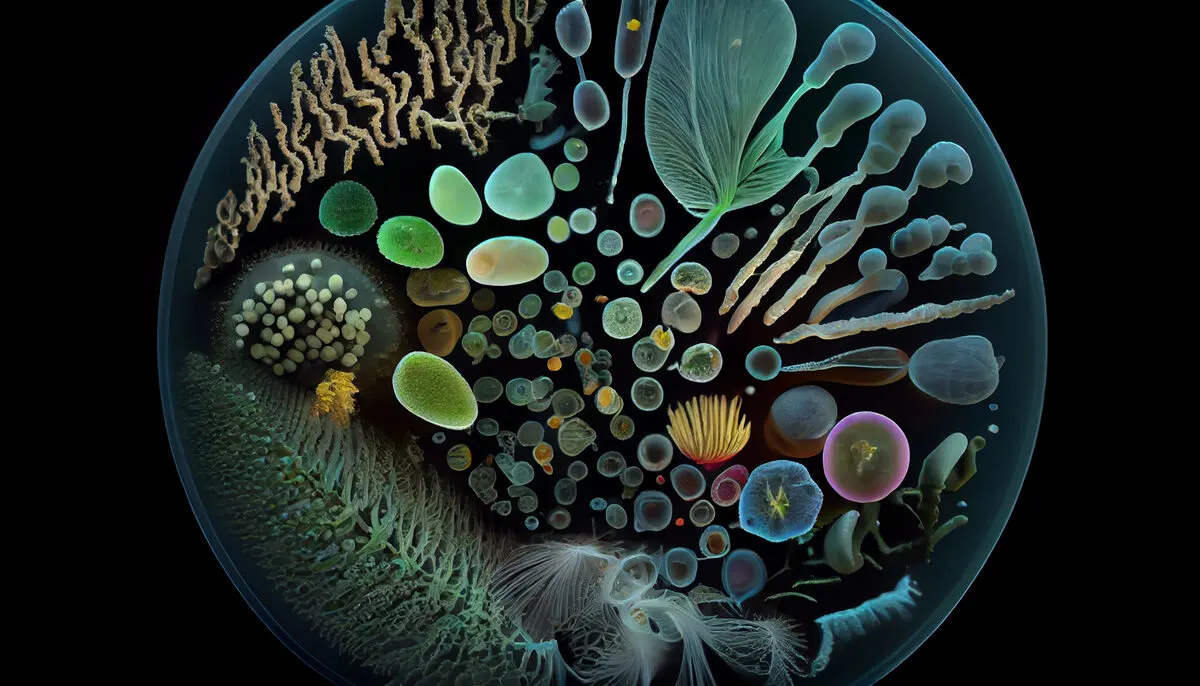
Diarrhea is one of the main causes of death of children under five in poor countries (528 thousand children annually). According to official statistics, 50-60 thousand cases of diarrhea in children are registered in Ukraine every year, and 20-30 children die from it.
It is characterized by watery stools that occur more than three times a day (except for young children). It is usually caused by infections that can be caused by viruses, bacteria, parasites, and helminths. The spread of these dangerous microorganisms is often through contaminated drinking water and food, poor sanitation (diarrhea is called "disease of dirty hands" in common language). Other symptoms may vary depending on the pathogen. The biggest danger of diarrhea is that it is accompanied by dehydration, a decrease in nutrient intake, and intoxication of the body.
In Ukraine, water from centralized water supply systems is mostly safe because chlorine is effective against all types of microorganisms found in water. The most common sources of contaminated water are wells, shallow wells, and surface water bodies.
In addition to water contaminated with human and animal feces, infection can also occur through improperly processed meat, dirty vegetables, and more..
Cholera
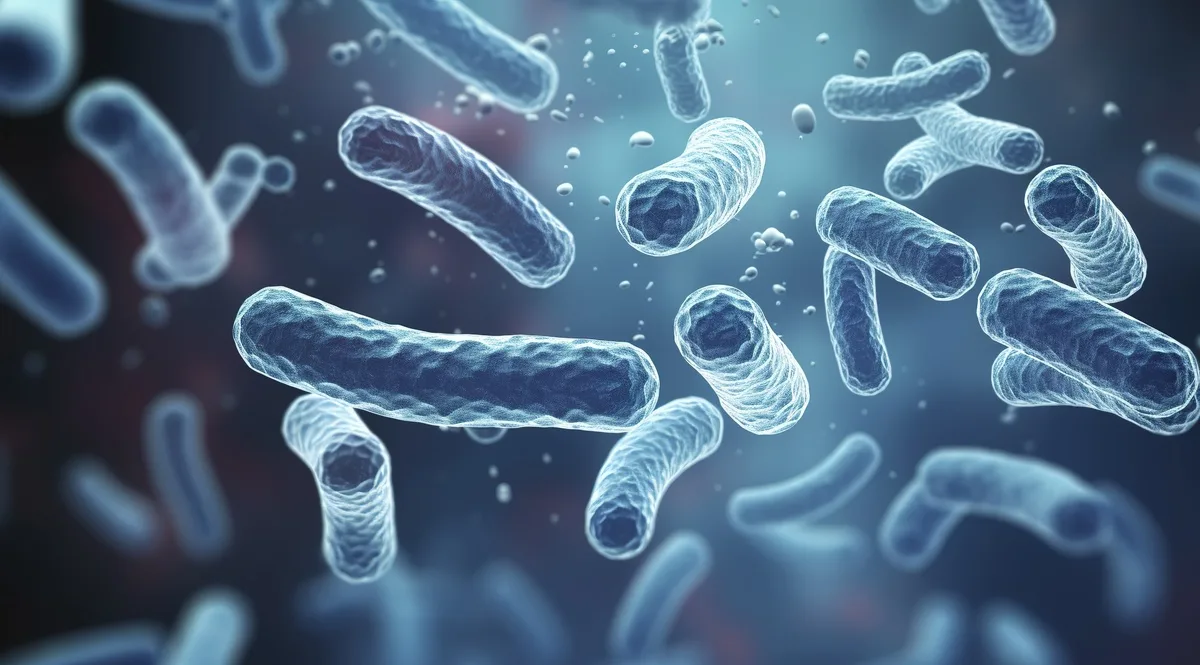
Cholera is a highly dangerous disease caused by the bacterium Vibrio cholerae, which is present in water contaminated with fecal matter. The disease is characterized by acute watery diarrhea and can lead to severe dehydration and death within a few hours if left untreated.
While some people may not develop symptoms or experience only mild symptoms, they can still carry the bacteria and infect others through their feces, making it a significant public health concern.
The last major outbreak of cholera in Ukraine occurred in 2011 in the Donetsk region, where 33 cases were registered. It is essential to ensure that water sources are adequately treated and protected from fecal contamination to prevent the spread of this deadly disease.
Typhoid Fever
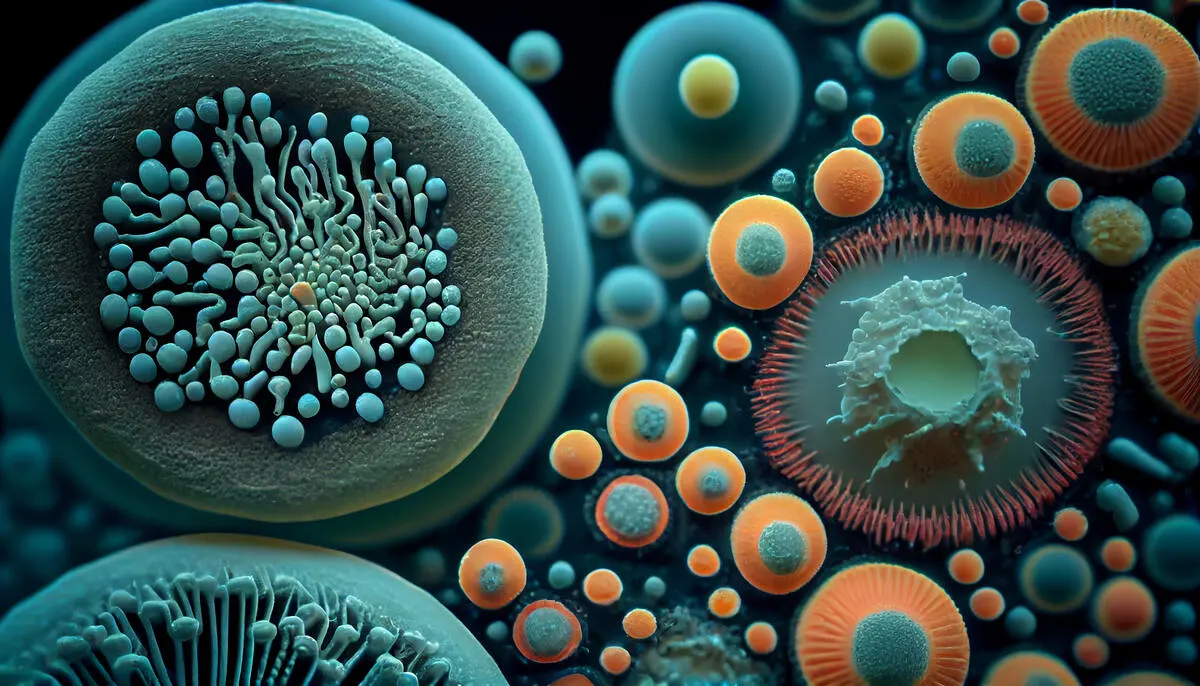
Typhoid fever is a bacterial infection of the intestines and bloodstream. Its causative agents are Salmonella typhi and Salmonella paratyphi. The most common modes of transmission are through contaminated drinking water and food, as well as contact with infected individuals.
Symptoms of the illness include a persistent high temperature of 39-40 °C, headache, constipation or diarrhea, rose-colored spots on the chest, and enlargement of the liver and spleen. They manifest 1-3 weeks after infection.
The global incidence of typhoid is estimated at approximately 17 million cases per year. In Ukraine, isolated cases are reported, averaging between 10 to 25 cases per year.
Leptospirosis

This is a gastrointestinal infection in humans and animals. At the initial stage of this disease, symptoms often include headache and muscle pain, eye redness, chills, jaundice, bleeding under the skin and mucous membranes, diarrhea and vomiting, and rash. Lung hemorrhages are a common manifestation.
Leptospirosis is caused by pathogenic bacteria Leptospira spp. Infection occurs through direct contact with the urine of infected animals or contaminated objects such as surface waters, soil, and plants. Leptospires can enter the body through skin and mucous membrane damage of the eyes, nose, and mouth.
Therefore, the most common modes of transmission are drinking water and swimming in surface water bodies, as well as contact with infected animals.
Accurate statistics on the incidence of leptospirosis are not kept, but it occurs worldwide. The incidence rate is estimated at 0.1 to 1% per 100,000 people in moderate climates. Increased risk of infection is recorded during floods and natural disasters.
Leptospirosis in Ukraine is seasonal - in spring and summer when people spend time near water bodies. The estimated number of cases per year in Ukraine ranges from 400 to 500 people.
Campylobacteriosis
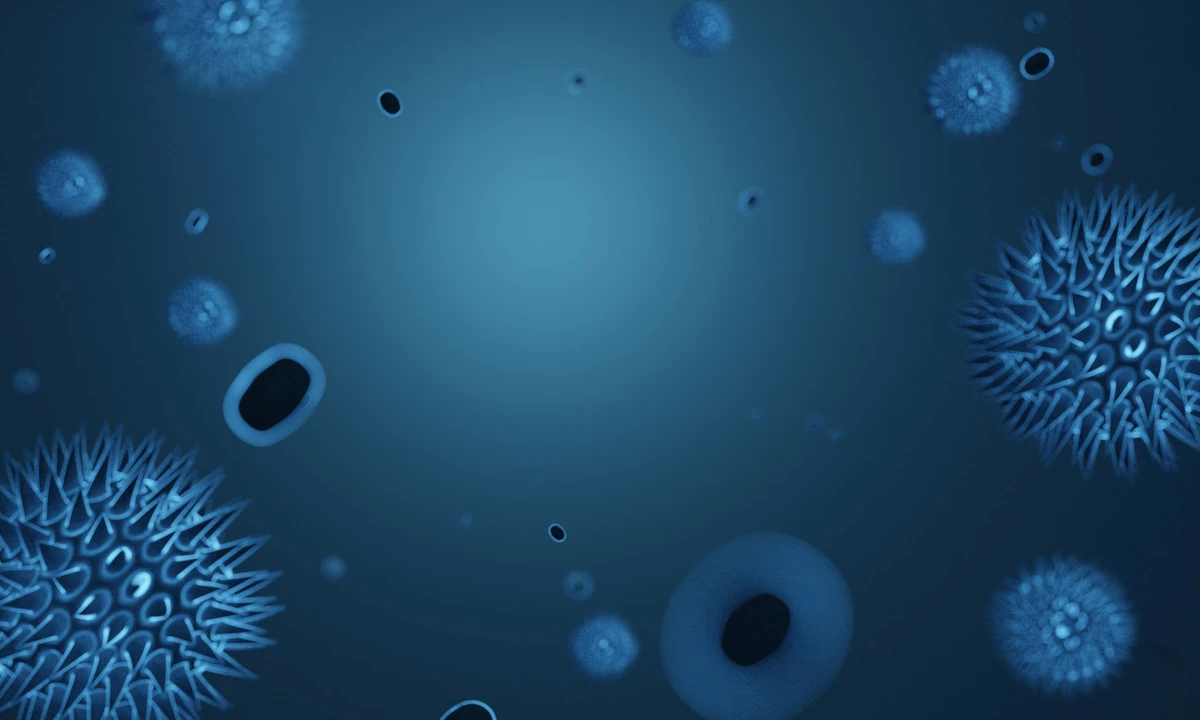
This is one of the most common causes of diarrhea. Campylobacter bacteria usually have a rod-shaped or spiral-shaped form. Currently, this genus of bacteria includes 17 species and 6 subspecies of bacteria. The most common ones are C. jejuni and E. coli. The latter is commonly referred to as the intestinal bacterium.
The incubation period in this case usually lasts 2-5, rarely up to 1-10 days from the moment of infection.
Common symptoms include diarrhea (sometimes with blood in the stool), fever, nausea and vomiting, abdominal pain, and weakness. Usually, the symptoms go away within 3-6 days.
Usually, recovery occurs completely and without complications, but this pathogen is critically dangerous for young children, the elderly, and those with immunodeficiency states.
Complications can include blood infections, hepatitis, pancreatitis, as well as in some cases more complex systemic damage to the nervous and musculoskeletal systems.
Hepatitis
Two types of this virus are transmitted through water: A and E. Infection occurs by consuming water or food (often fruits and vegetables) contaminated with fecal matter. It is also possible to get infected through close contact with an infected person.
Hepatitis A is an acute infectious disease also known as "Botkin's disease" and "jaundice". The incubation period is 2-6 weeks, and the course of the disease can last from 1 to 4 weeks. Symptoms include: a characteristic yellowish skin color, fever (in the first 3-5 days), general weakness and loss of appetite, pale stools, acute abdominal pain, and rarely, liver failure.
Children usually have a mild or asymptomatic course of the disease, which is dangerous for those around them. It is important to understand that the older the person, the more difficult it is to tolerate the disease. It is particularly dangerous for the elderly and people with immunodeficiency.
It is worth noting that in January 2017, there was an outbreak of hepatitis A in Mykolaiv, with 93 cases reported. The cause of the infection was the consumption of water from the water supply that was not adequately disinfected. The prevalence of hepatitis A and E in Ukraine is estimated at several thousand cases per year.
Hepatitis E is less common, and outbreaks of the disease are rare in civilized countries, but isolated cases are possible. Symptoms and consequences are similar to hepatitis A, but in this case, the disease rarely progresses to a chronic form.
Rare isolated cases of this virus occur in Ukraine.
There is currently no treatment for hepatitis viruses, as the human immune system can defeat them on its own.
Dermatomycosis
Dermatomycosis refers to a variety of fungal infections that affect the feet, scalp, and body skin. Symptoms include red patches, itchiness, dryness, and flaking of the skin. Fungi are prevalent worldwide and can be contracted through contact with stagnant water from surface sources, public showers and pools, sharing towels with a sick person, and close contact.
Effective disinfectants containing chlorine are used to prevent fungal contamination of water. To eliminate fungal spores on surfaces, thorough drying is necessary.
The treatment for dermatomycosis depends on the severity of the disease and includes local or systemic oral antifungal drugs.
Cyanobacteria
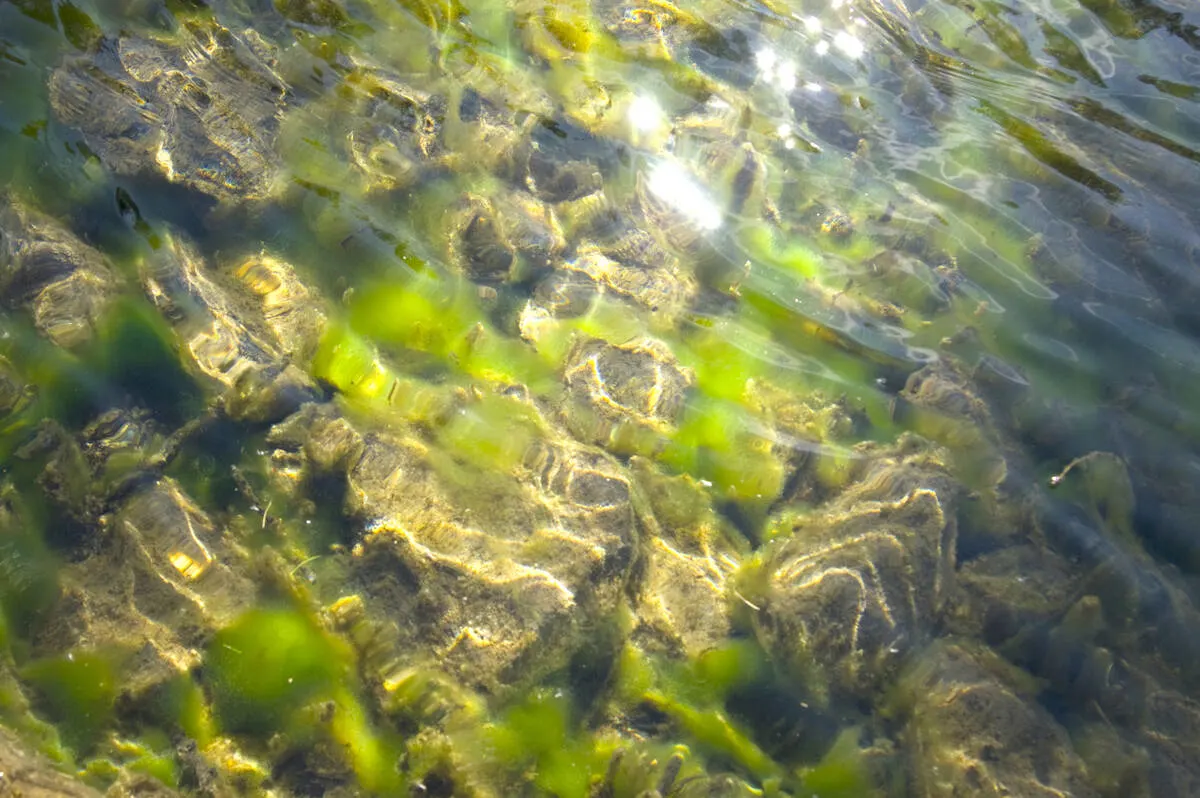
Cyanobacteria, also known as blue-green algae, are not pathogens themselves, but some species produce toxins that can be dangerous. People can be affected by these substances when drinking or bathing in water containing cyanobacteria.
Cyanobacteria possess characteristics of both bacteria and plants (algae) as they are capable of photosynthesis.
The course of diseases caused by the metabolic products of cyanobacteria depends on the predominant type of bacteria and the way water affects humans.
Toxic effects are determined by the type of exposure (drinking water or bathing) and the type of toxin:
- Hepatotoxins that affect the liver are produced by some strains of Microcystis, Anabaena, Oscillatoria, Nodularia, Nostoc, Cylindrospermopsis, and Umezakia;
- Neurotoxins are produced by Aphanizomenon and Oscillatoria;
- Gastro and nephrotoxic bacteria include Cylindroapermopsis raciborski.
Not all bacterial species produce dangerous toxins, and it cannot be claimed that all types of toxins are already known.
The most common bacteria form a film on the water's surface, but if their spread is intense (as in the Dnipro River), then they occupy the entire water column, mainly closer to its surface, since they require sunlight for photosynthesis. The film is the most dangerous to human health, so water intake is usually carried out from deep parts of the reservoir.
The global solution is to reduce nutrient emissions, primarily phosphates. Also, full-scale use of disinfection technologies and further purification from disinfection products on sorption filters.
In the waters of the Dnipro River, hepatotoxic Microcystis and Oscillatoria, neurotoxic Aphanizomenon, and other bacteria are widespread, so swimming in the Dnipro River and drinking water without prior treatment is not recommended.
Accumulation of technology and filter details
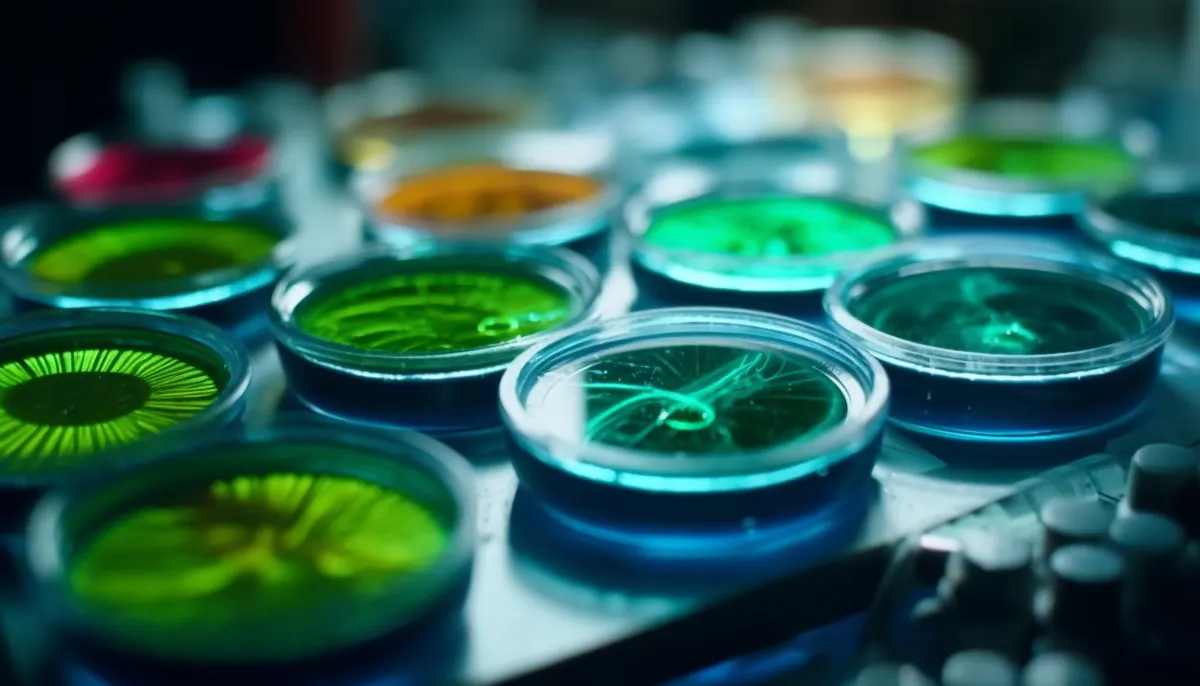
It is important to understand that in disinfected tap water, there are practically no such microorganisms, and well water usually does not contain them, but it can be contaminated while moving through the pipeline. As for surface water, including water from wells, it usually has an elevated level of pollution.
A number of bacteria can even destroy alloyed steel, not to mention iron parts. This is observed in centralized water supply pipelines that are covered with iron bacteria, etc. This explains why active chlorine does not reach consumers in large cities of Ukraine, but practically all water samples have elevated levels of more toxic chlororganic substances.
The intensity of accumulation on plastic and ceramic surfaces is primarily characterized by their smoothness - the fewer irregularities on which microorganisms can attach, the fewer accumulations will be observed.
Water disinfection
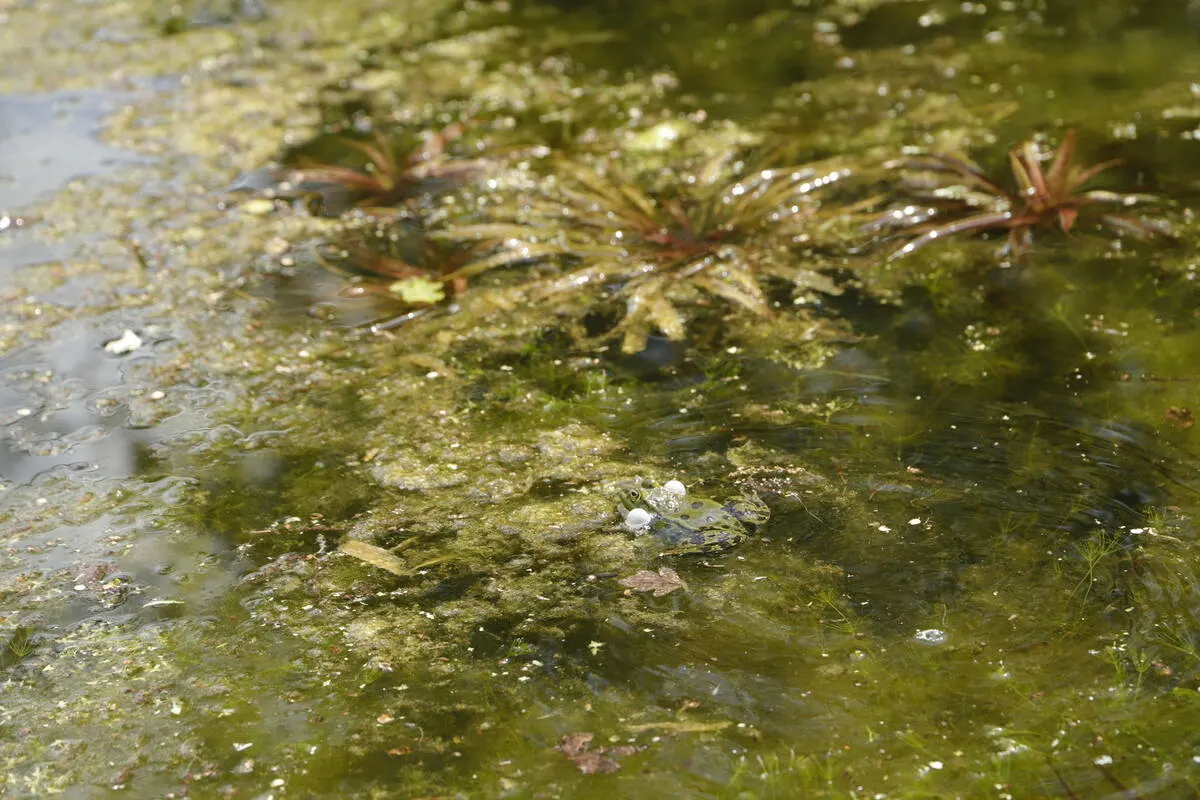
Different disinfection technologies are used to destroy both pathogenic and harmless microorganisms that cause film on surfaces that come into contact with water.
- Disinfection with chlorinated compounds. Currently, there is no more effective reagent for water disinfection. Chlorine is effective against 99.9% of microorganisms. This method is ideal for use in centralized water supply systems, water in swimming pools, etc. Its main advantage is a long-lasting effect
- Ozone - this method is quite common today. It also has high efficiency, but does not have a prolonged effect and can produce toxic interaction products. It is used in industry and is not suitable for centralized water supply systems, swimming pools, etc.
- Ultraviolet - the advantage of this method is the absence of reagents and, consequently, secondary water pollution. However, unfortunately, this method has relatively low efficiency (90-95%) and high requirements for the source water (transparency, low color, etc.). Therefore, UV lamps are usually used as an additional element in any water treatment scheme.
- Reverse osmosis - due to its small pores, it retains 100% of bacteria and viruses, so you get a sterile liquid at the output. This method is optimal for drinking water, both in industry and in residential conditions. To prevent secondary pollution, it is recommended to install a UV lamp after the filter.
- Heavy metal ions damage some microorganisms. Adding them to solutions can slow down the growth of bacteria on surfaces. For this, solutions of silver salts are often added.
How to Prevent Growth?
To prevent the formation of growths, a combination of disinfection processes with other operations is used:
- pre-disinfection and current disinfection of water;
- mechanical cleaning;
- regular disinfection of containers.
Depending on the goals, these methods are usually combined in different sequences.
For example, in bottled water production, disinfected water is used, which is poured into a single sterile container and tightly closed.
In production with delivery, the technology of pouring predominantly osmotic water into treated disinfectant and washed containers is used.
To solve the problem of growth in pools, mainly chlorine disinfectants, mechanical cleaning of pool walls, and water filtration on mechanical filters are used.
We have provided all the information we know about microbial water diversity. If you have any questions, please feel free to write them in the comments.
Faqs
How can we control microorganisms in water?
Controlling microorganisms in water is essential to ensure safe and clean water supplies. Several measures can be taken, including:
- Water treatment: Implementing proper water treatment processes, such as filtration, disinfection (e.g., chlorination), and advanced treatment technologies, can help remove or inactivate microorganisms.
- Regular testing: Regular monitoring and testing of water sources for microbial contaminants are crucial to detect any potential issues and take appropriate actions promptly.
- Sanitation practices: Promoting good sanitation practices, including proper waste disposal, maintenance of septic systems, and adequate hygiene practices, can help prevent the introduction of microorganisms into water sources.
- Watershed protection: Protecting watersheds and preventing pollution from entering water bodies can help minimize the presence of microorganisms in the environment and subsequently in water sources.
What are the sources of microorganisms in water?
Microorganisms can enter water sources through various means. Some common sources include untreated or inadequately treated sewage and wastewater, agricultural runoff containing animal waste, industrial discharges, and contaminated surface water. Animal feces, including that of humans, can introduce pathogens into water, as can wildlife, such as birds and rodents. Inadequate sanitation and poor water management practices can contribute to the presence of microorganisms in water supplies.
How do microorganisms affect water quality?
Microorganisms play a crucial role in the overall quality of water. Beneficial microorganisms, such as certain types of bacteria and algae, contribute to the ecological balance of aquatic ecosystems. They help in the breakdown of organic matter, nutrient cycling, and maintaining water clarity. However, harmful microorganisms can contaminate water and cause various diseases when ingested or come into contact with the human body.
What are microorganisms in water?
Microorganisms in water are tiny living organisms that can be found in various bodies of water, including lakes, rivers, oceans, and even in tap water. They are diverse and include bacteria, viruses, fungi, and algae. While some microorganisms are harmless or even beneficial, others can cause waterborne diseases and pose health risks.








